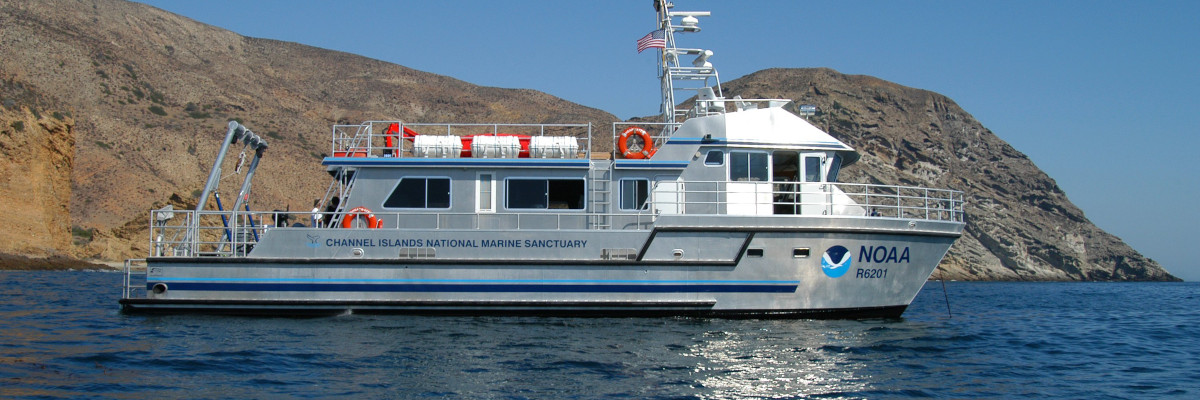Climate change and the associated shifts in species distributions and ecosystem functioning pose a significant challenge to the sustainability of marine fisheries and the human communities dependent upon them. In the California Current, as recent, rapid, and widespread changes have been observed across regional marine ecosystems, there is an urgent need to develop and implement adaptive and climate-ready fisheries management strategies. Climate Vulnerability Assessments (CVA) have been proposed as a first-line approach towards allocating limited resources and identifying those species and stocks most in need of further research and/or management intervention. Here we perform a CVA for 34 California state-managed fish and invertebrate species, following a methodology previously developed for and applied to federally managed species. We found Pacific herring, warty sea cucumber, and California spiny lobster to be three of the species expected to be the most sensitive to climate impacts with California halibut, Pacific bonito, and Pacific hagfish expected to be the least sensitive. When considering climate sensitivity in combination with environmental exposure in both Near (2030–2060) and Far (2070–2100) Exposure climate futures, red abalone was classified as a species with Very High climate vulnerability in both periods. Dungeness and Pacific herring shifted from High to Very High climate vulnerability and Pismo clam and pink shrimp shifted from Moderate to Very High climate vulnerability as exposure conditions progressed. In providing a relative and holistic comparison of the degree to which state-managed marine fishery species are likely to be impacted as climate change progresses, our results can help inform strategic planning initiatives and identify where gaps in scientific knowledge and management capacity may pose the greatest risk to California’s marine resource dependent economies and coastal communities.
A collaborative climate vulnerability assessment of California marine fishery species
Publication date
February 12, 2024
Abstract
Journal
PLoS Climate
DOI
https://doi.org/10.1371/journal.pclm.0000574
Region
California Current
